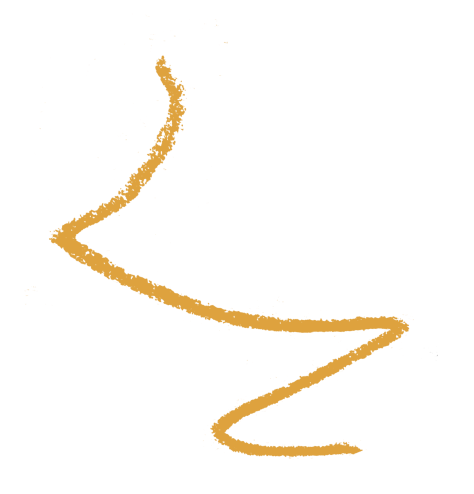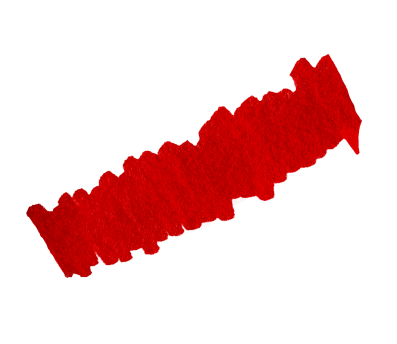


Trajectories
We all have our own trajectories. Our lives are shaped by our identities, where we live and the decisions we make.
Trajectories can look very different—for example, migration refers both to the journey of humans across countries, and of birds across hemispheres.
Sometimes, choosing a trajectory can be a step toward freedom: like becoming an adult, leaving the family nest, and sailing off into this adventure called life! Whichever path we take, it will contribute to our life’s meaning.
Jean Paul’s life trajectory is fascinating. As a young man, he left for France, where he explored many different painting and sculpting techniques, evolving as an artist. Eventually, he took to the sea on his sailboat, the Serica, and visited many countries, including the Great North. Just like a migratory bird, Jean Paul was always taking off!
Until one day, journeys come to a halt. In 1992, Jean Paul was hit with the news of the death of painter Joan Mitchell, a woman with whom he shared over 20 years of his life. Jean Paul was propelled by a surge of creativity, and took flight, one last time: he painted an epic 30-piece fresco of his life, L’Hommage à Rosa Luxemburg, in one sitting. Through the objects and animals depicted in his paintings, Jean Paul brought past moments and friends to life.
What is left after our journeys come to an end? According to an Atikamekw saying, “we go where we’re from—the forest and the universe that surrounds it, Notcimik.” Jean Paul undoubtedly would have agreed with this vision of life after death. He passed away March 12, 2002, in his home on l’Isle-aux-Grues, an island in the middle of the Saint-Lawrence River, in the land of the snow geese.
Read more
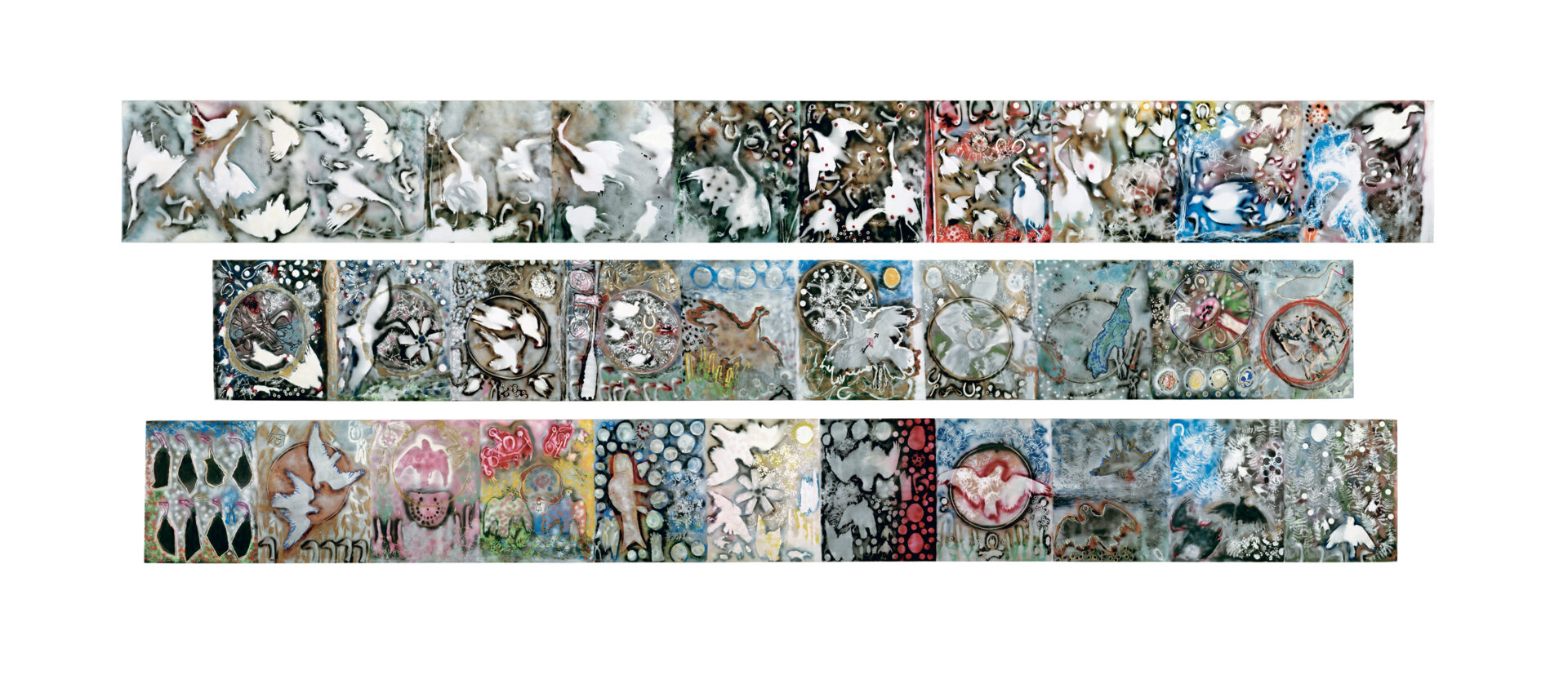
"Today, Rosa Malheur is no more, and neither is Rosa Bonheur. All of the Rosas are dead."
Jean Paul Riopelle
Browse the works in the collection Trajectories
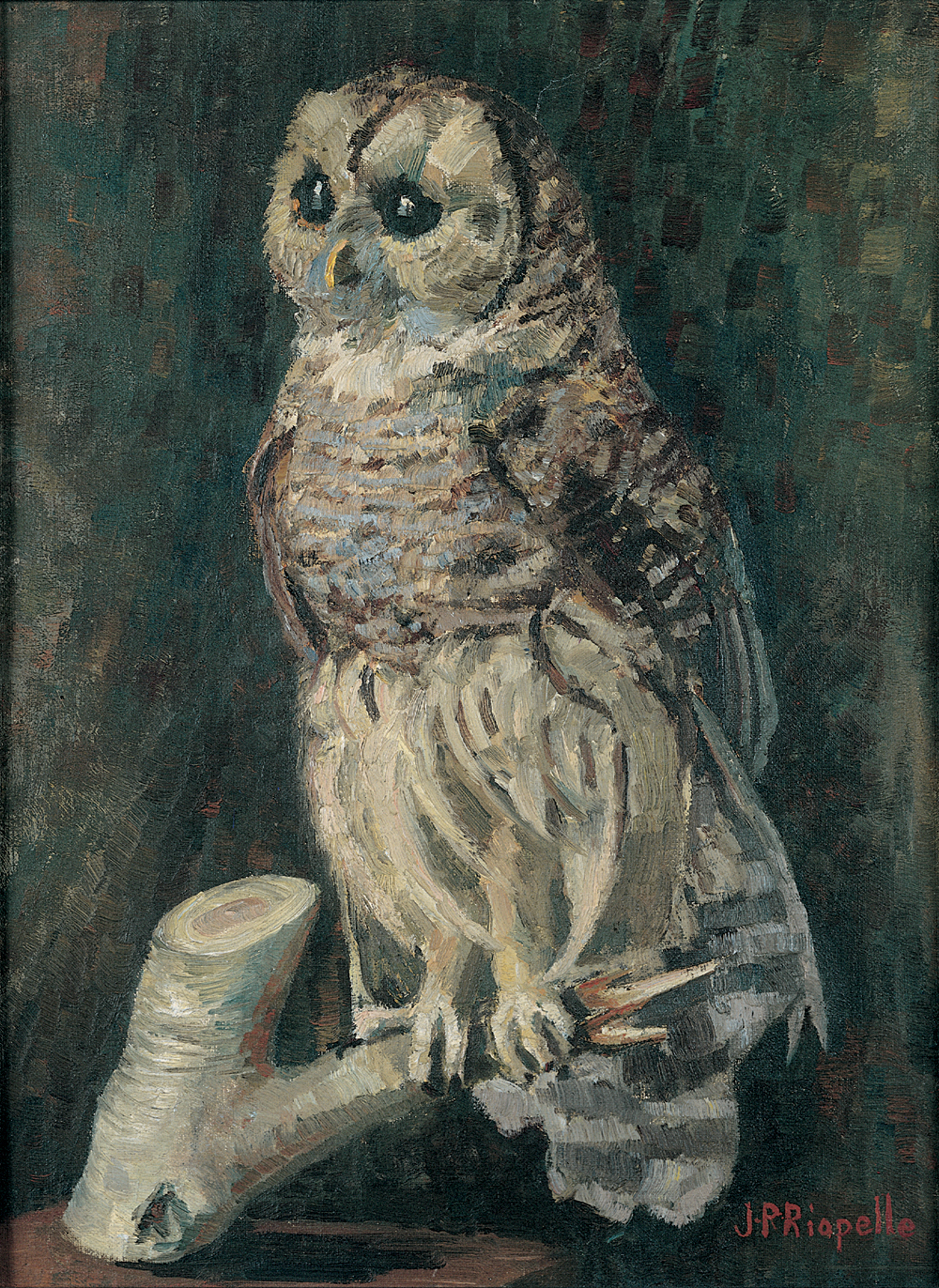
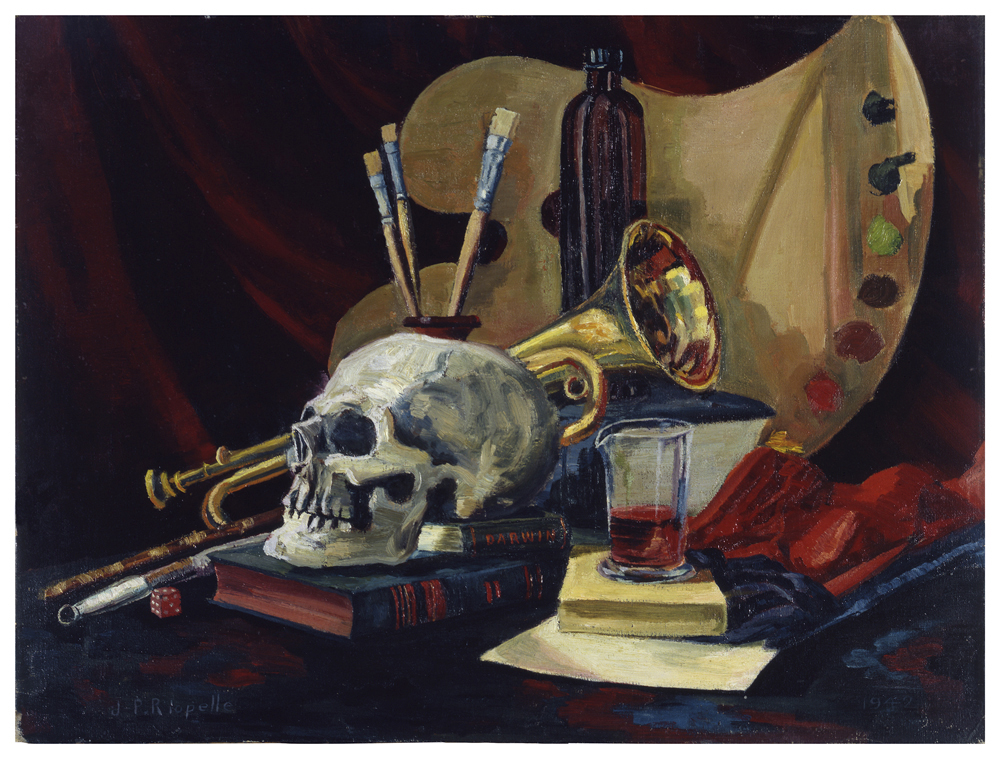
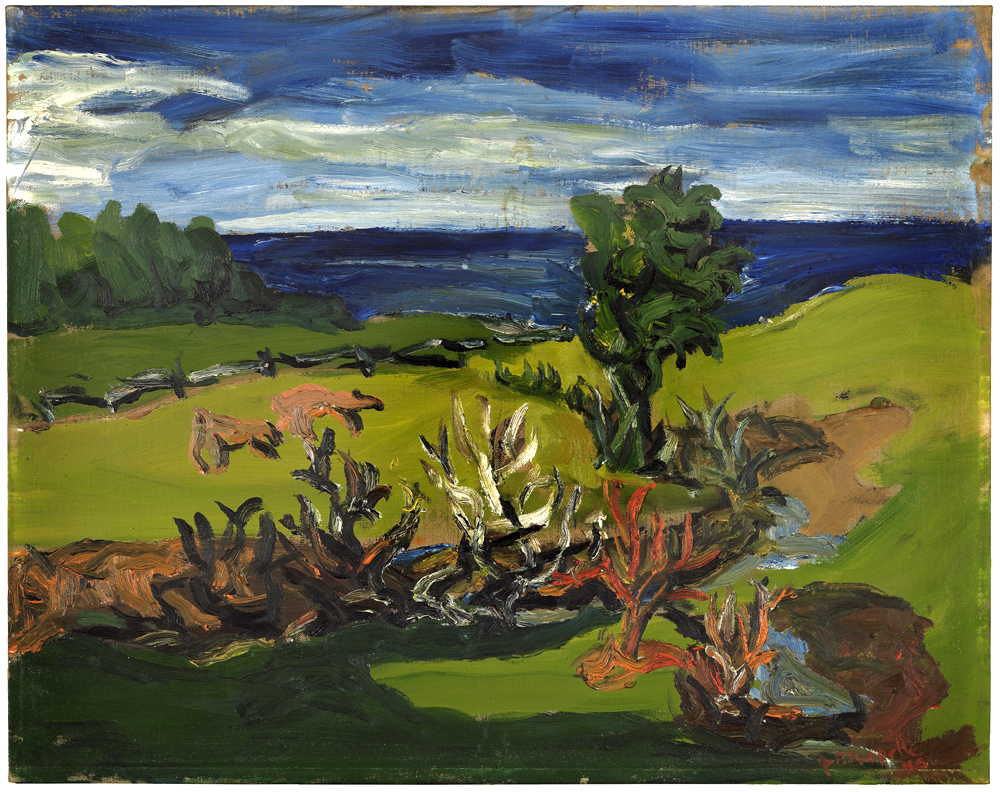
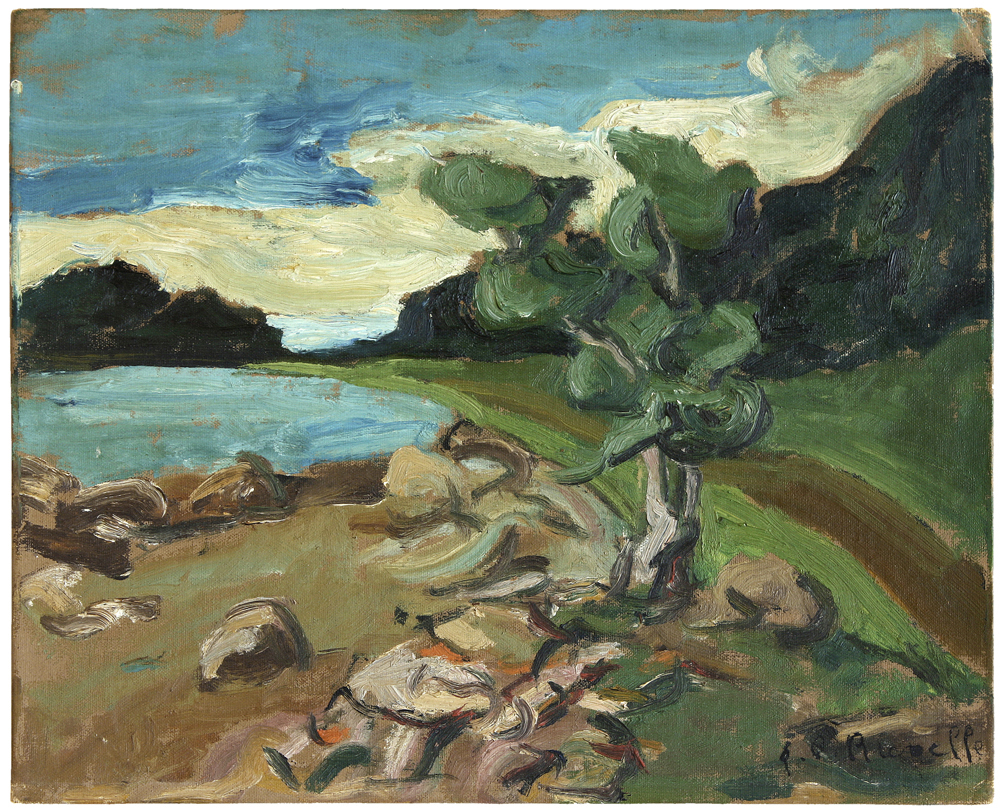
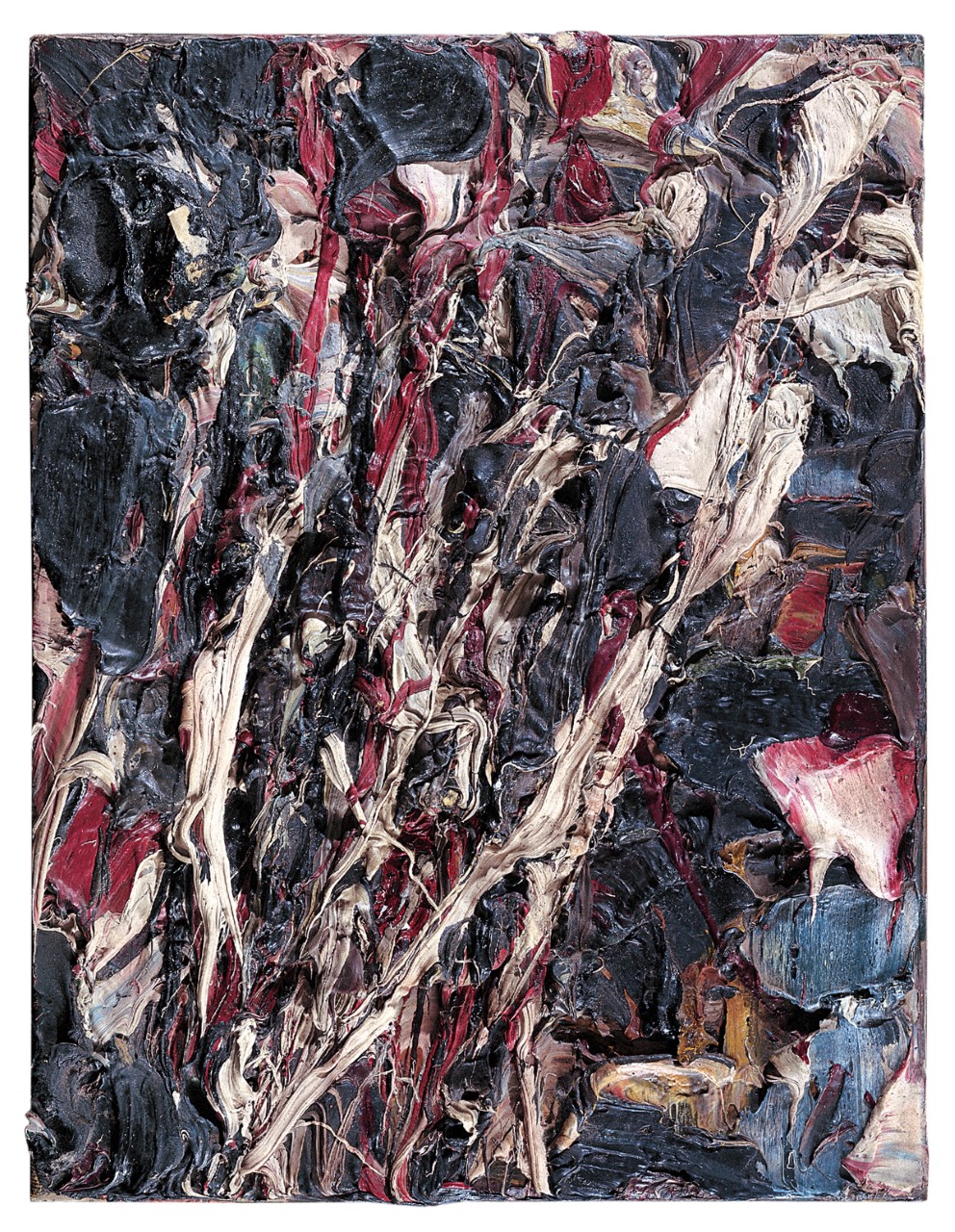
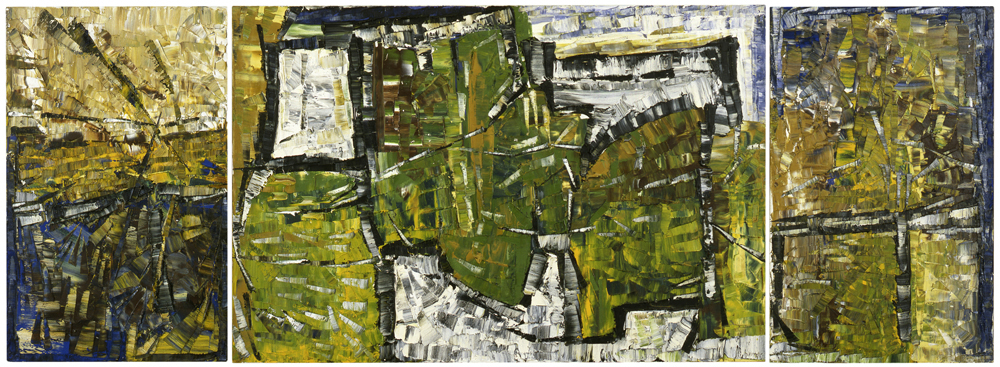
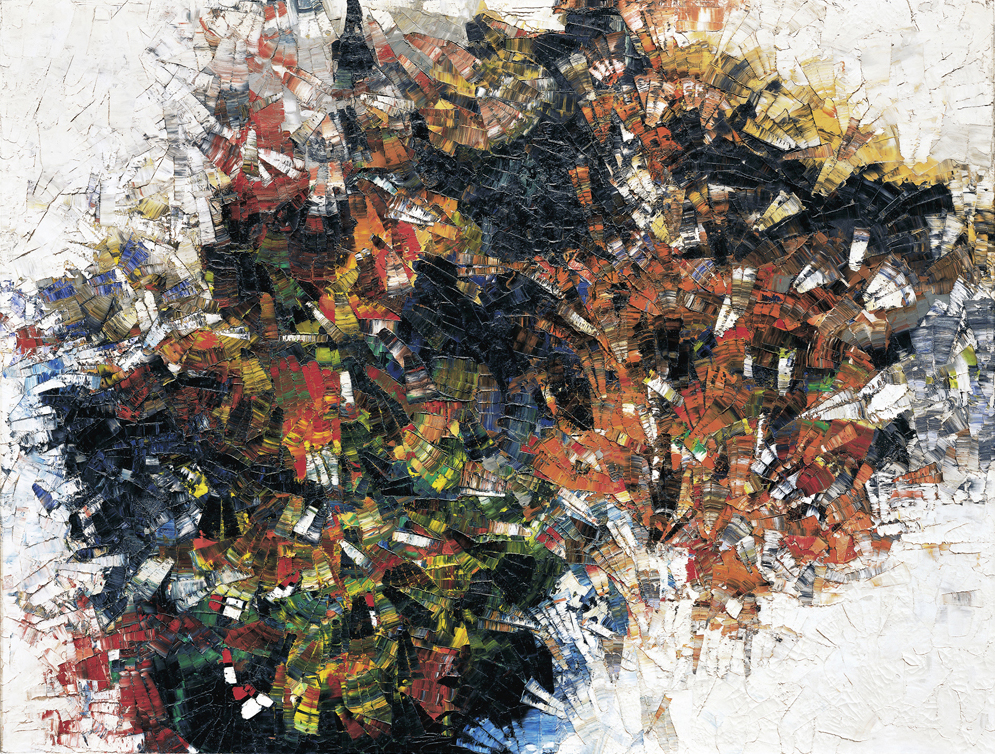
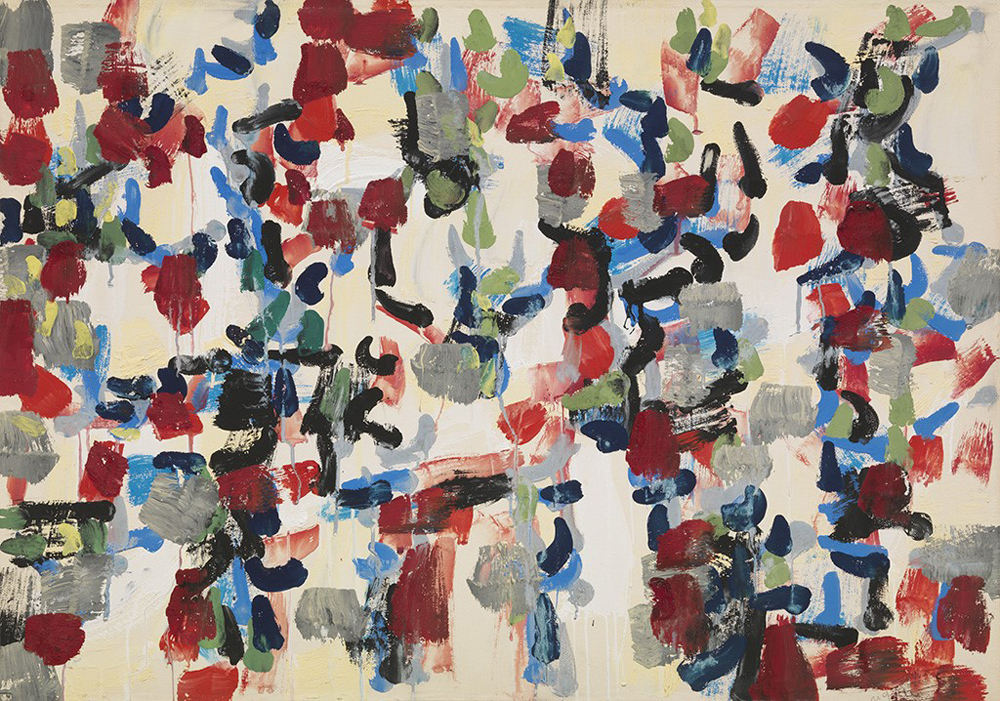
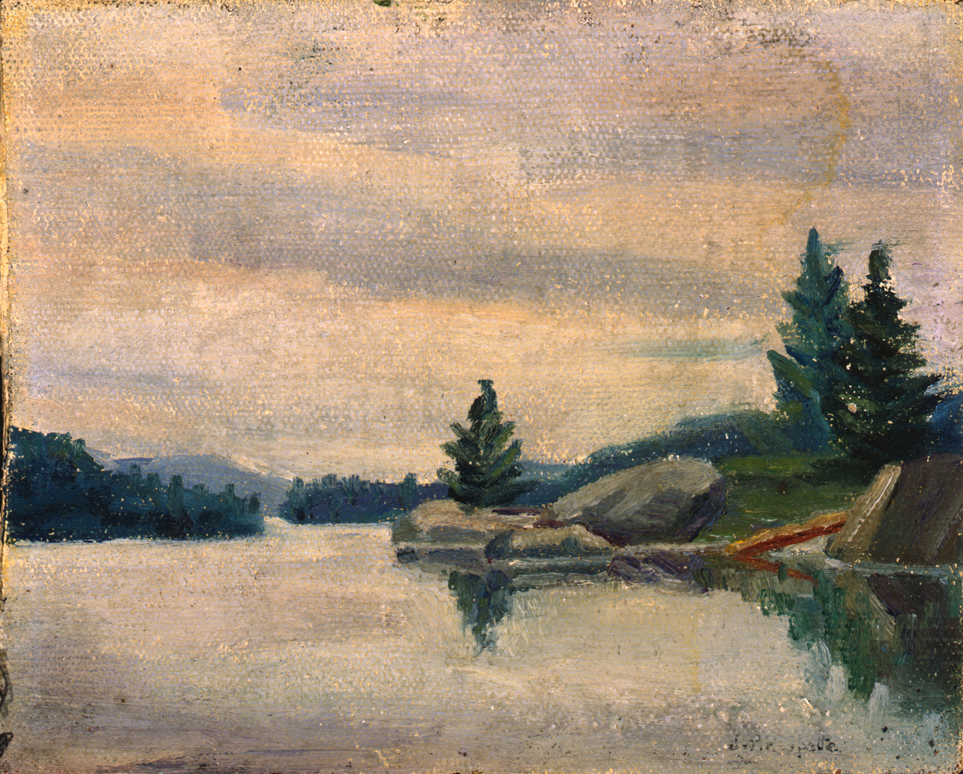
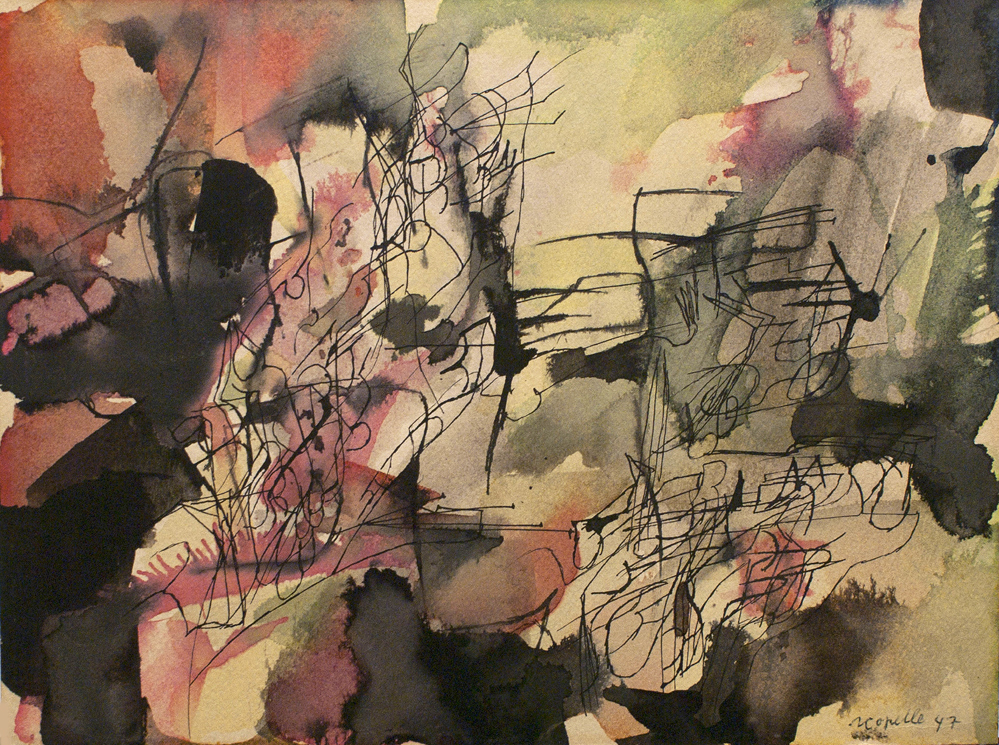
Discover photos
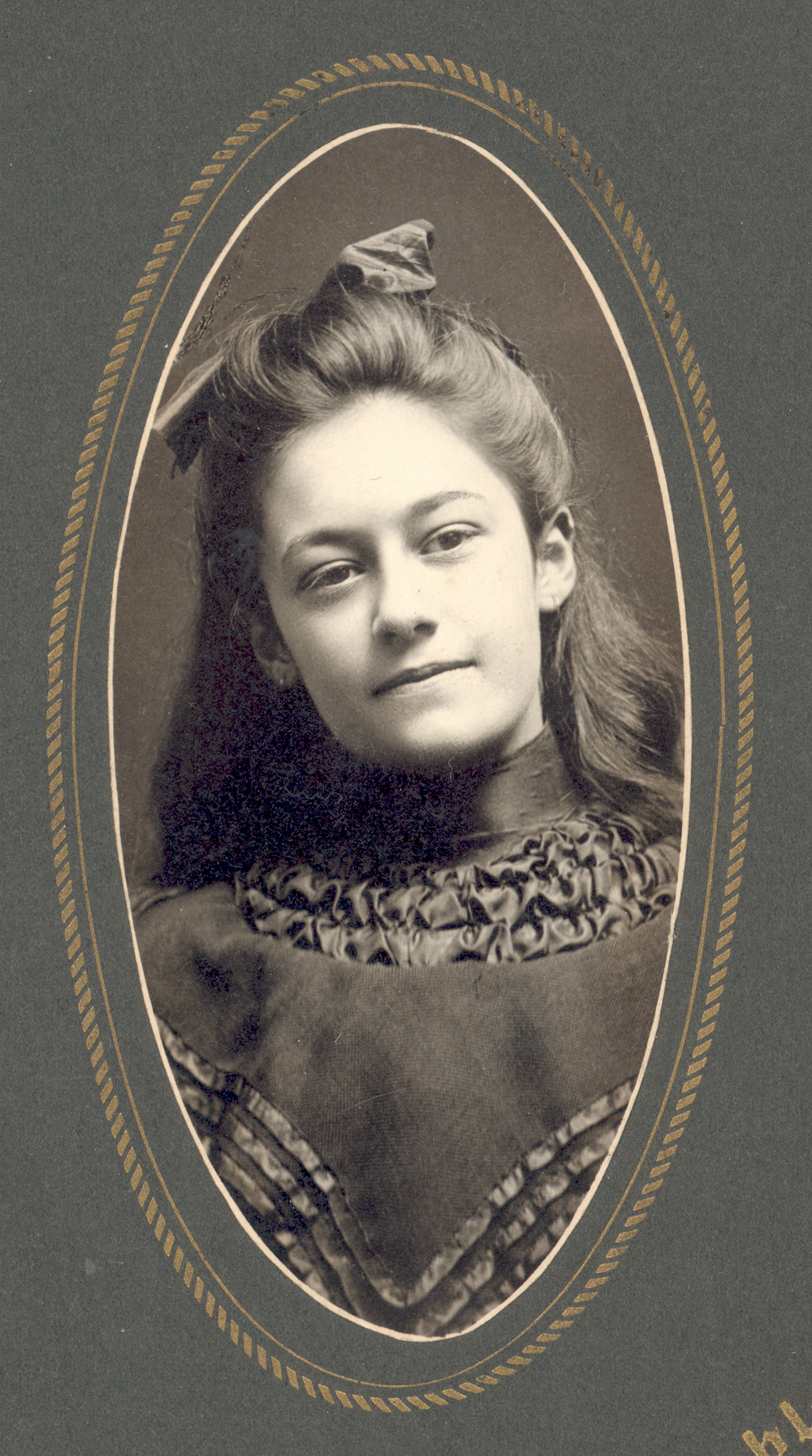
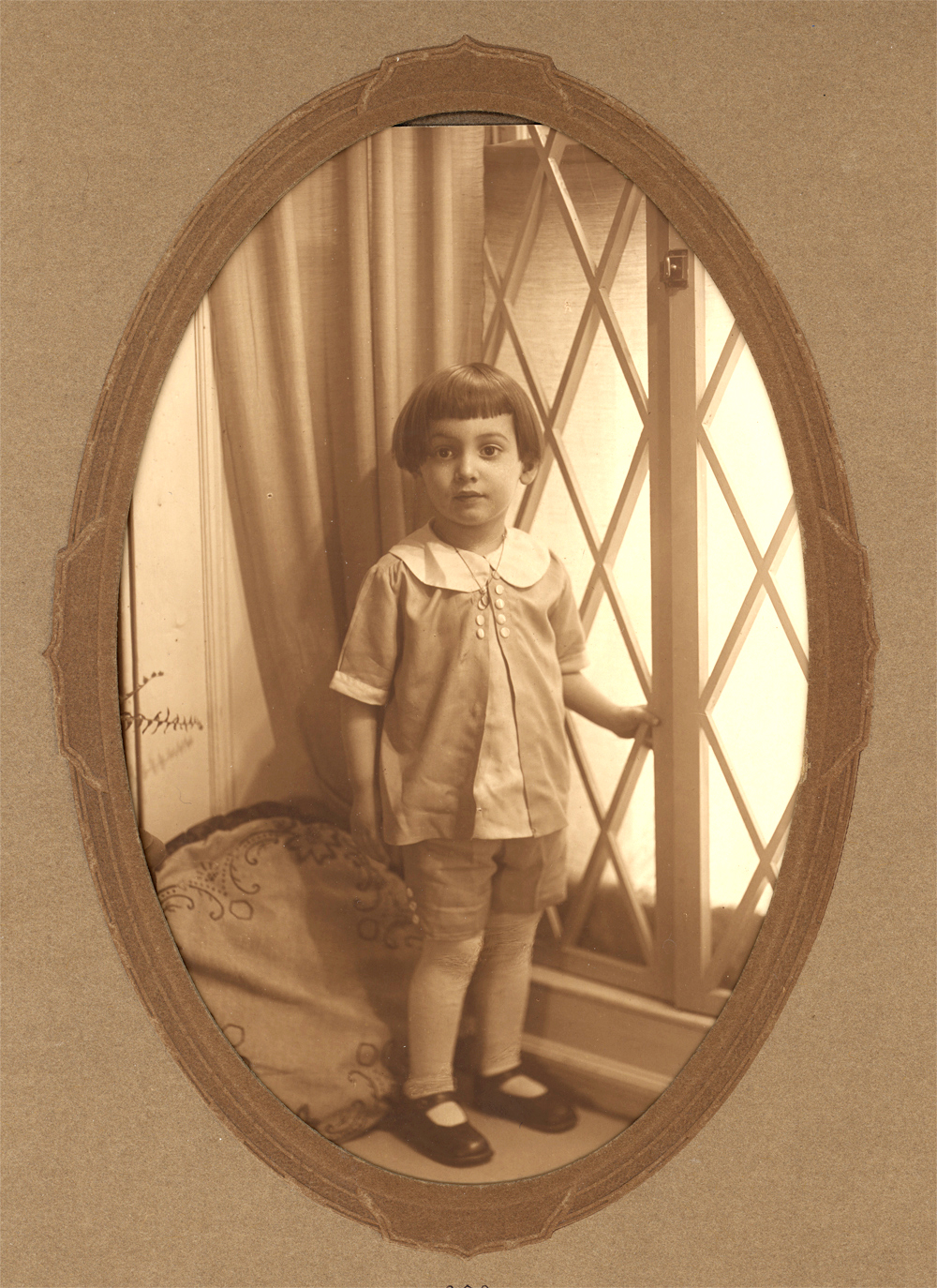
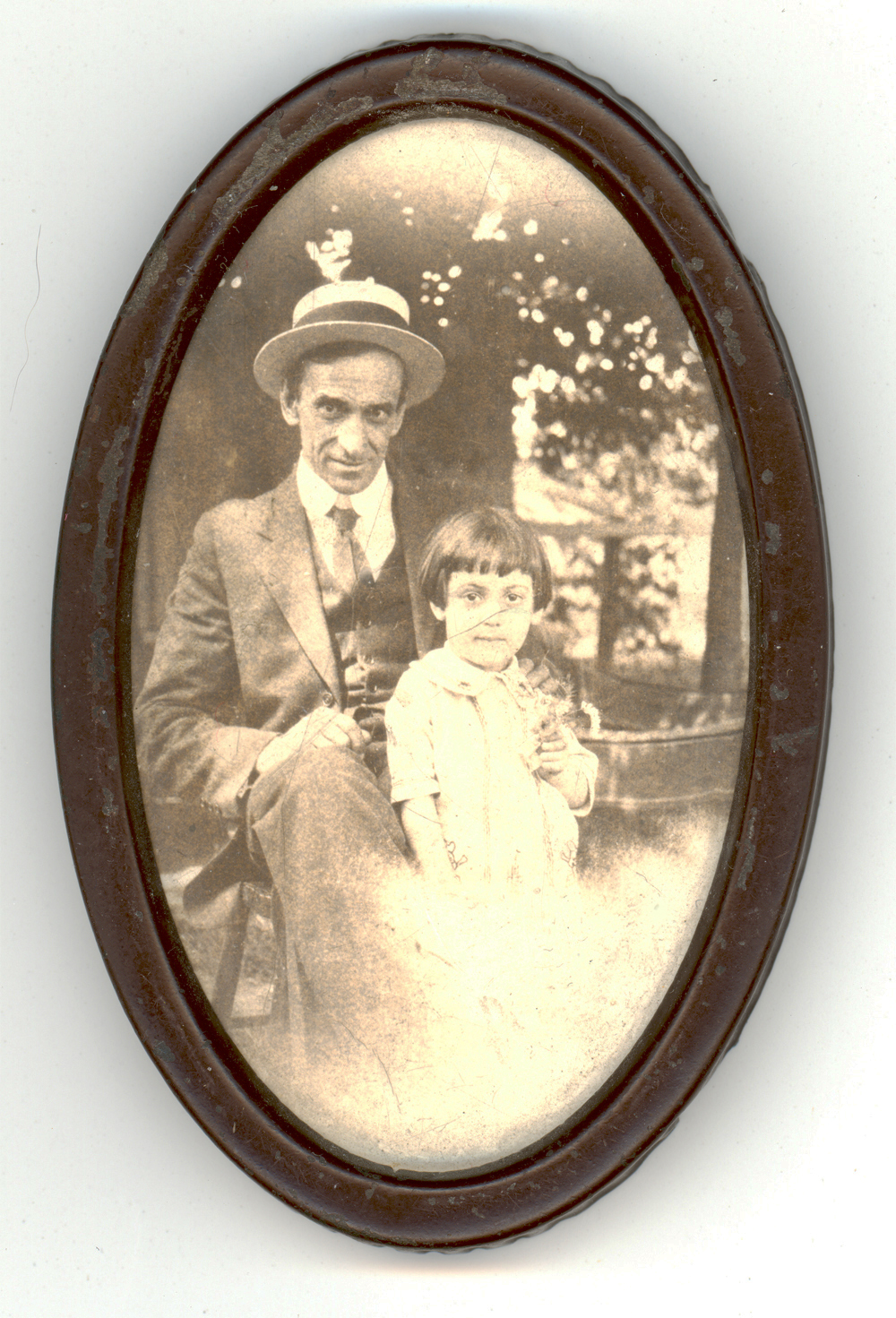
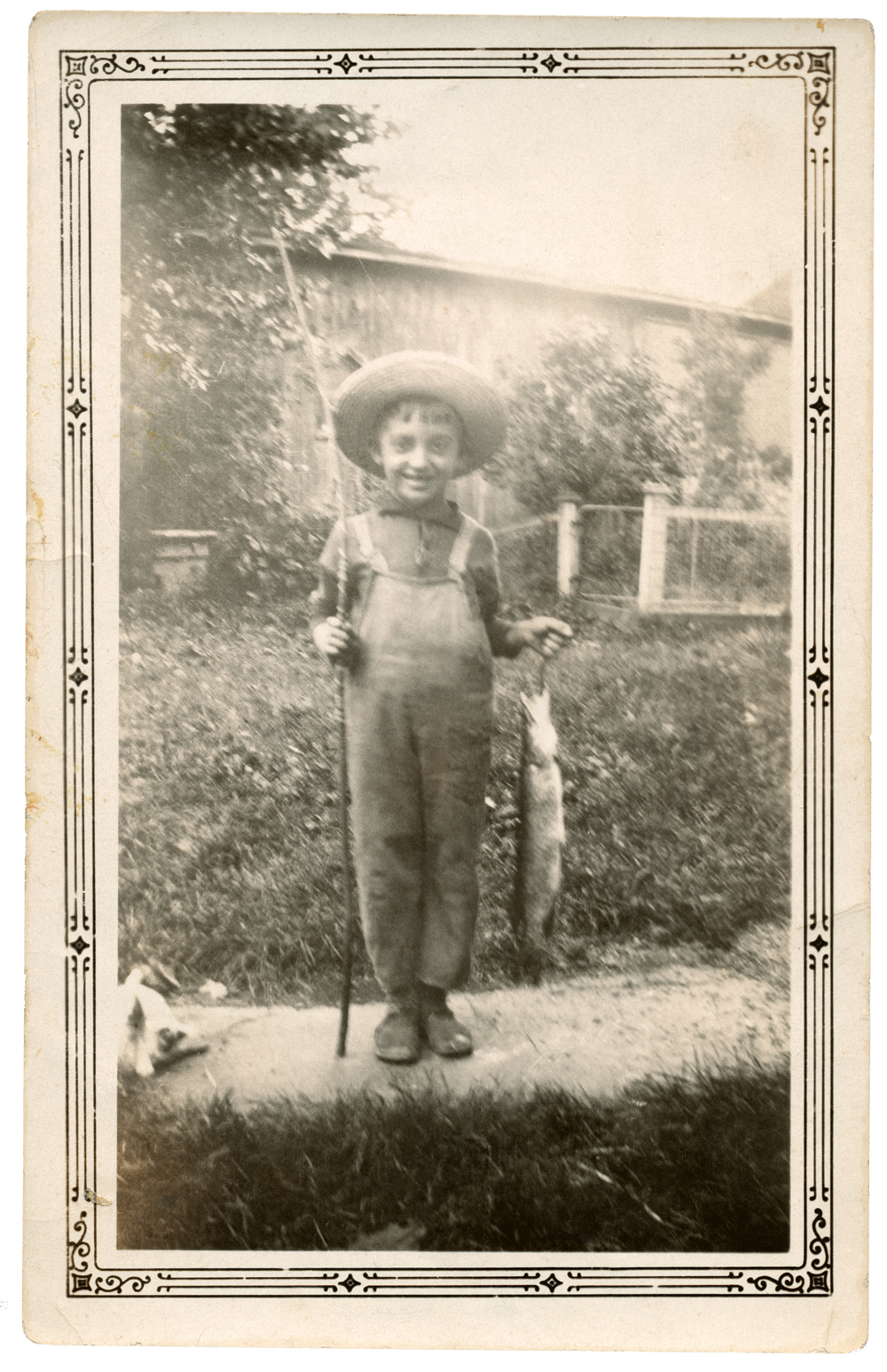
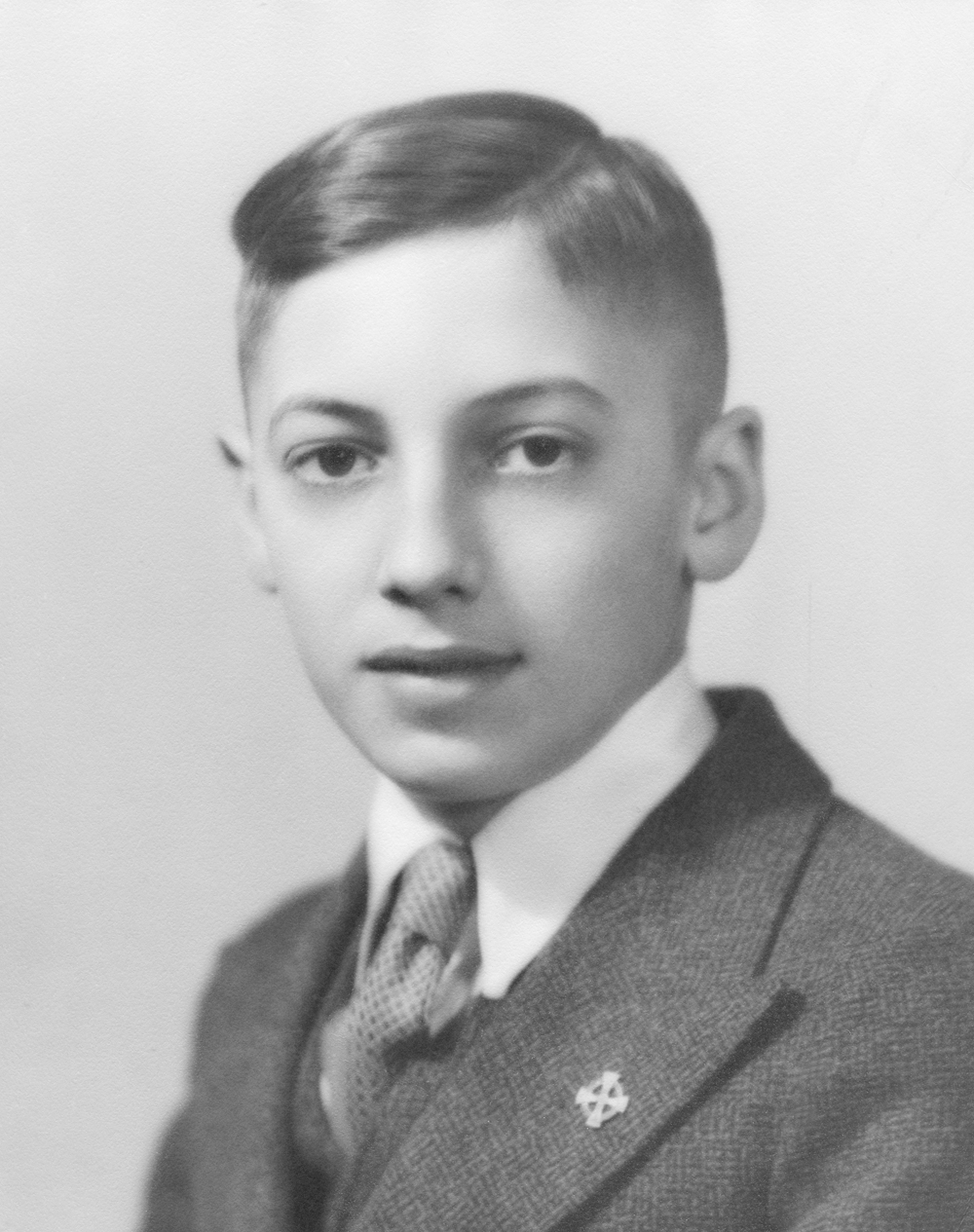
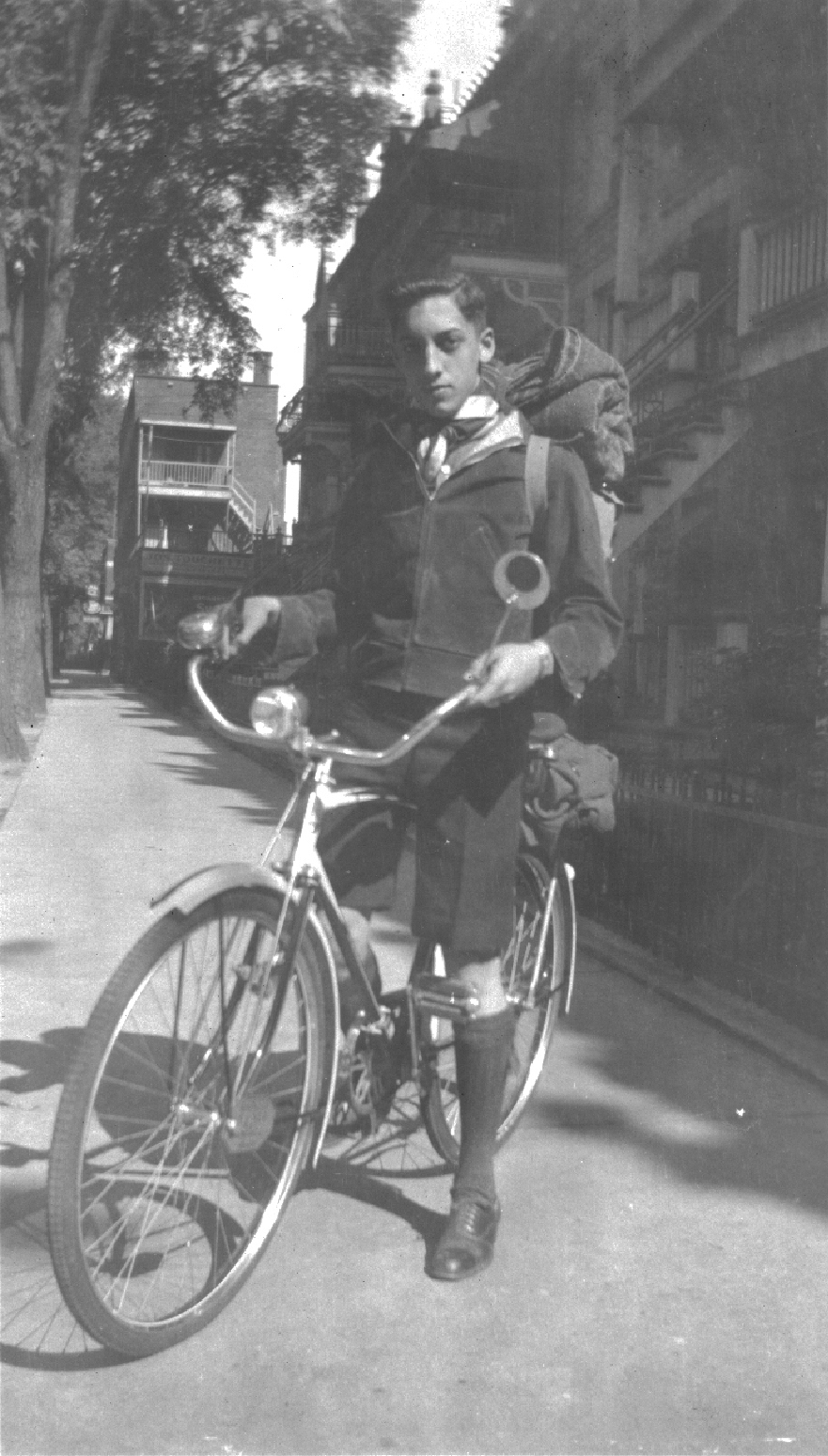
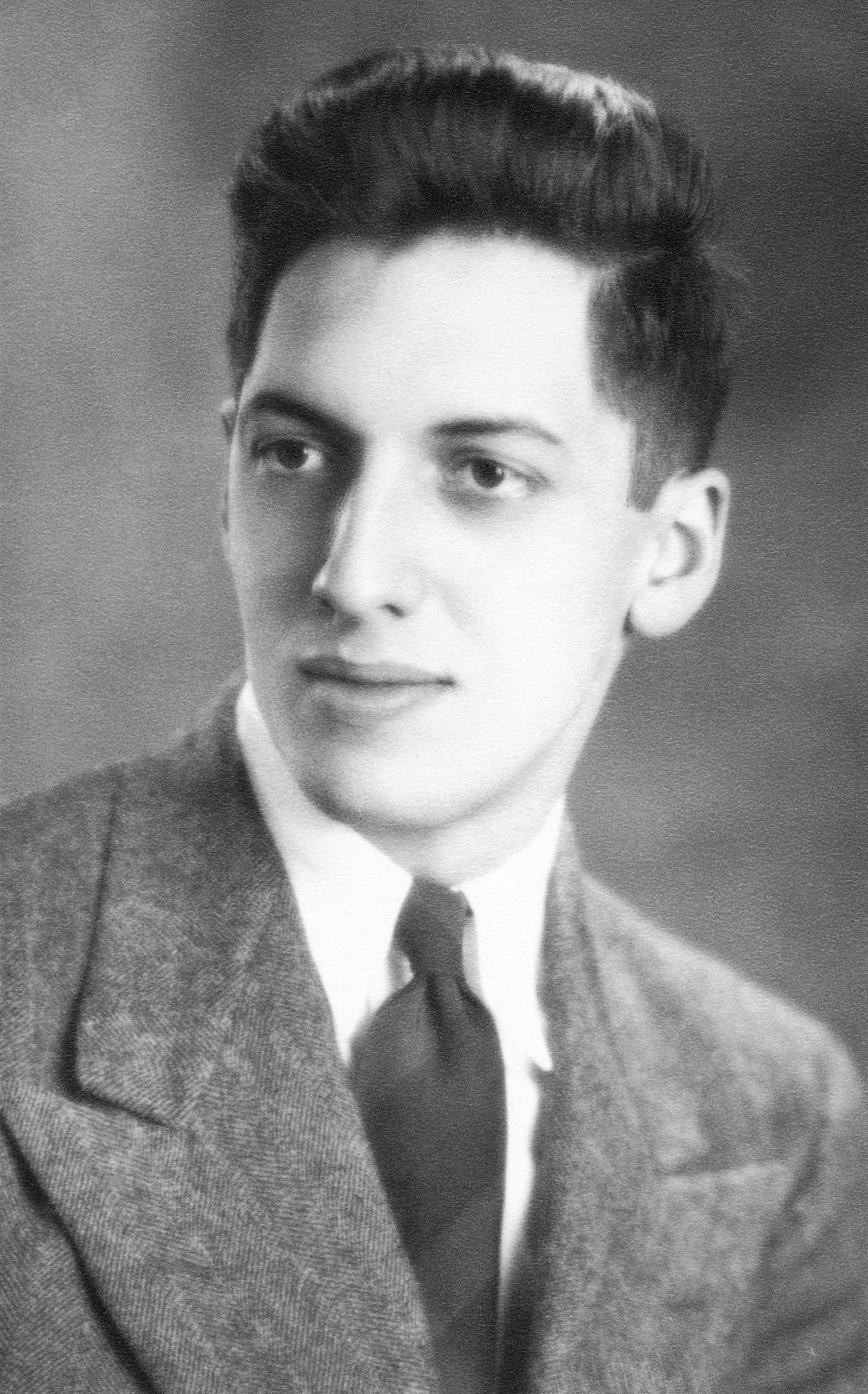
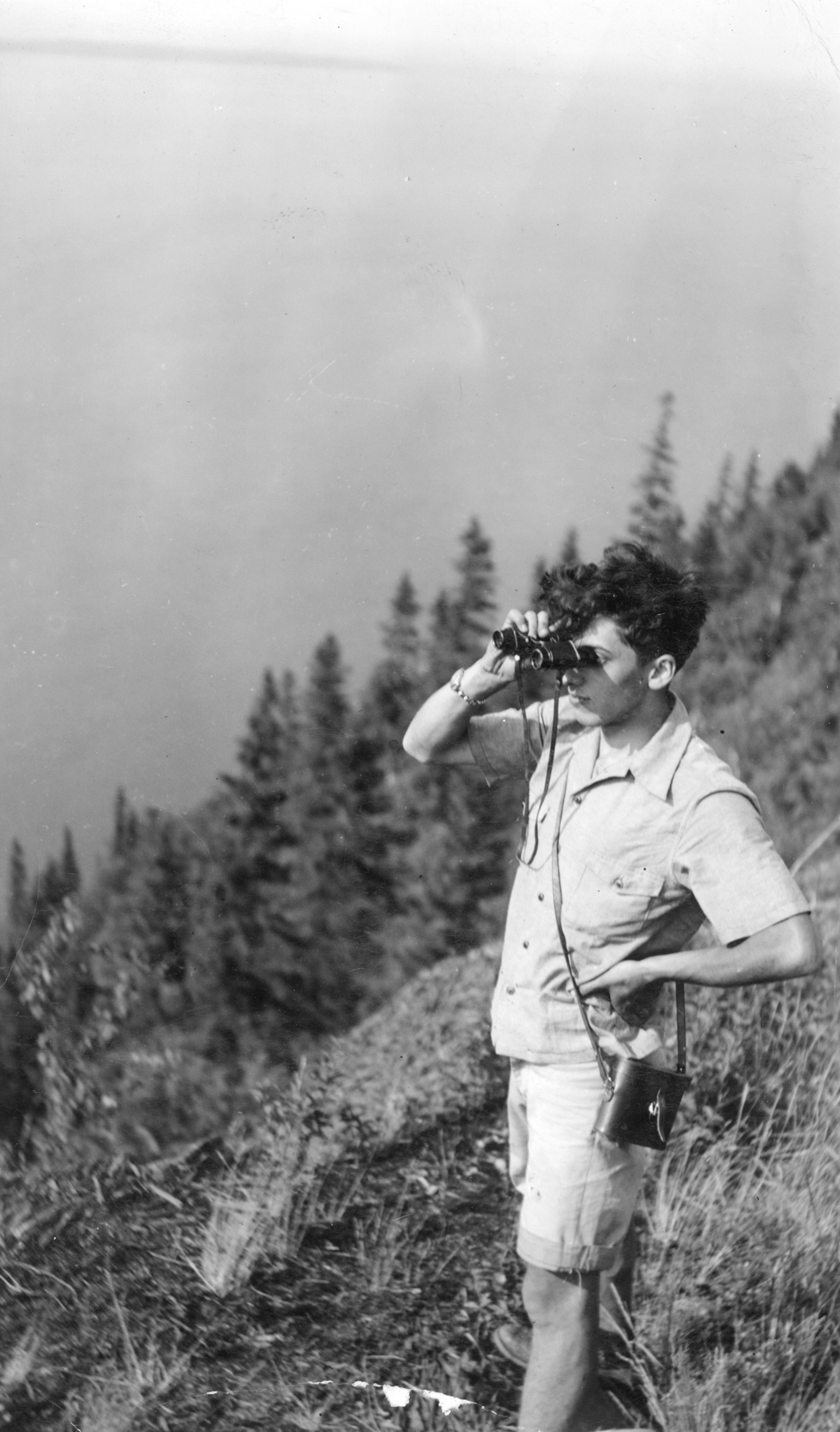
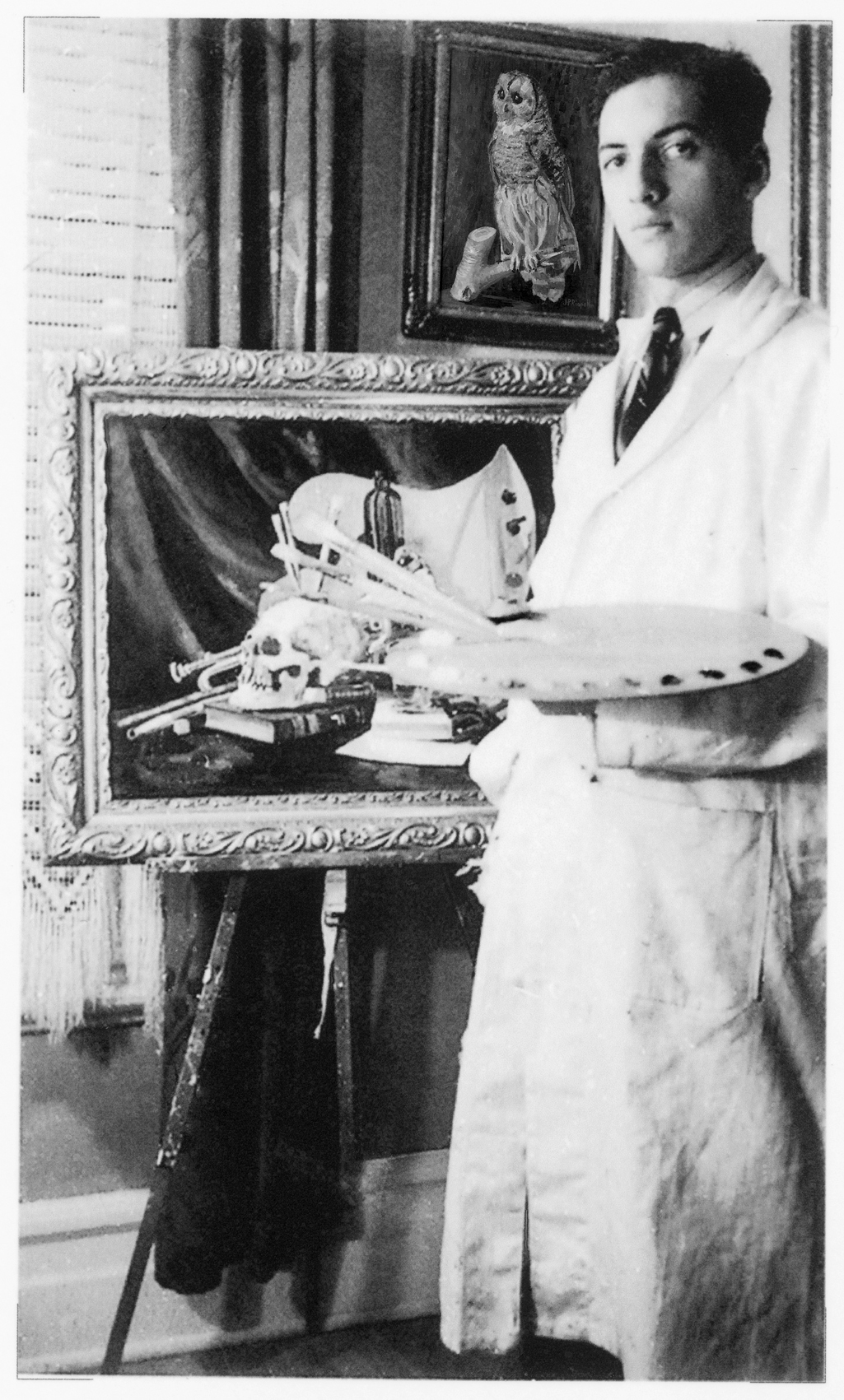
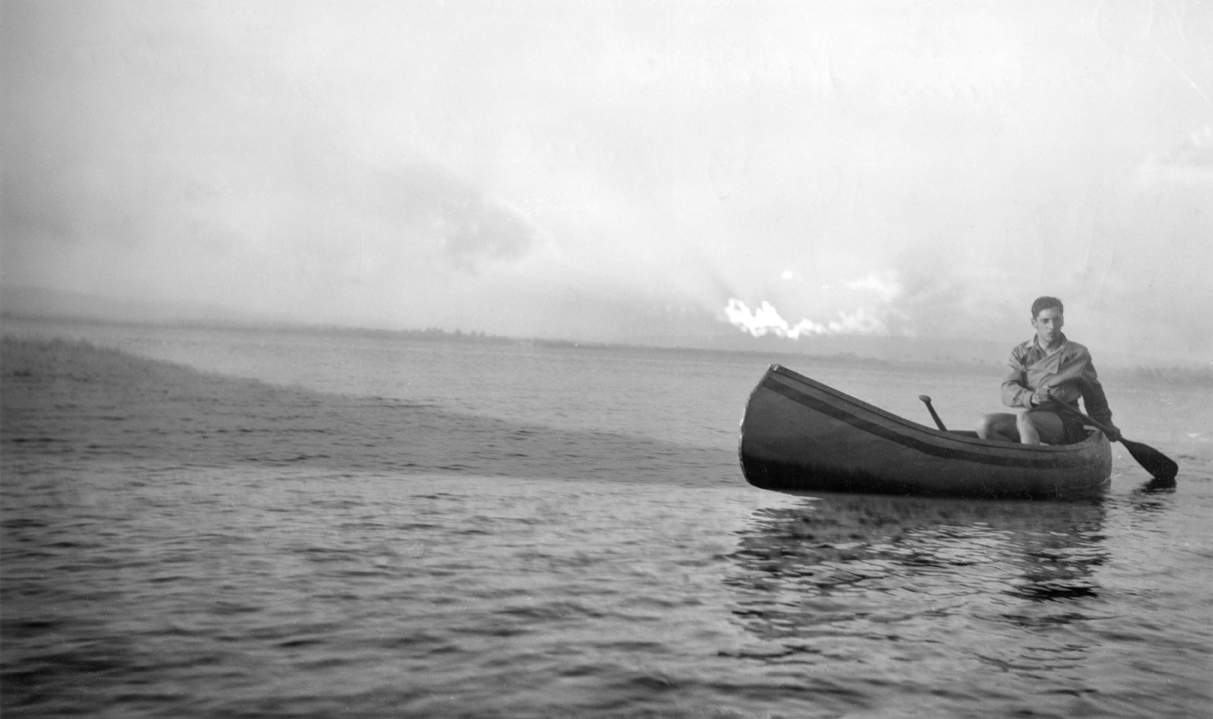
 Youth Project
Youth Project
 Teen Project
Teen Project
 Project for Everyone
Project for Everyone

